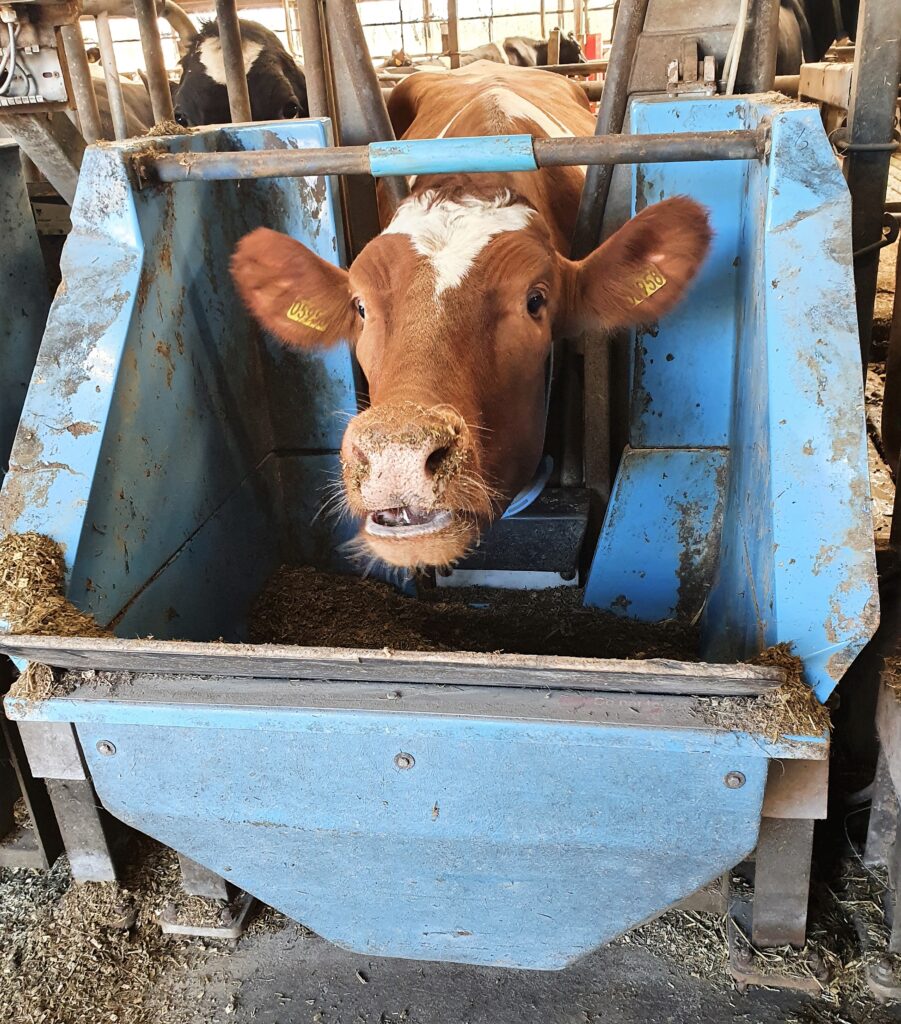Better health and increased longevity of crosses help to reduce their climate footprint in the form of methane. If crosses also have better feed efficiency, it will further reduce the climate footprint.
There are now more tools in the toolbox to reduce methane emissions from dairy cattle. A so far overlooked tool is crossbreeding. From SimHerd, it is pointed out that the documented better health and reproduction of crossbreeds compared to purebred Holsteins means that the methane emission per kilo ECM is lower. In crossbreeding herds, fewer heifers are needed for replacement, and by having fewer young stock, the herd’s total emission of methane is reduced.

Several percent reduction in methane emissions
I the article “Crossbreeding increases herd profit when the milk price is average or high” you can read more about the economics of systematic crossbreeding with Holstein, RDC (Red Dairy Cattle) and Jersey or Montbeliarde. These are calculations carried out by SimHerd, and if you use the results to calculate climate emissions, in herds where Holstein, RDC and Jersey are crossed, a reduction in methane emissions of 5-6% can be achieved. In herds with systematic crossing with Holstein, RDC and Montbeliarde, methane emissions will be 3-5% lower than in a corresponding Holstein herd. When the Jersey combination realizes a greater methane reduction, it is due to a better feed efficiency of Jersey.
The reduction in methane emissions is slightly greater for herds with
an average level of management, as the effect of crossbreeding is generally greater in these herds than in herds with a high level of management.
Better feed efficiency reduces even more
The calculations are without taking into account that, according to a study from the US, the crossbreeds probably in themselves have a better feed efficiency than purebred Holsteins. If it is assumed that there is a favorable heterosis of 5% for feed efficiency in adult cows, the methane emissions per kilogram of ECM will be reduced by 9-10% when crossbreeding with Jersey and 7-8% when crossbreeding with Montbeliarde. An improved feed efficiency of that size will also increase the herd profit by 67 euros per cow per year.
This article is translated from Magasinet Kvæg (Danish) – April 2023

 Dansk
Dansk